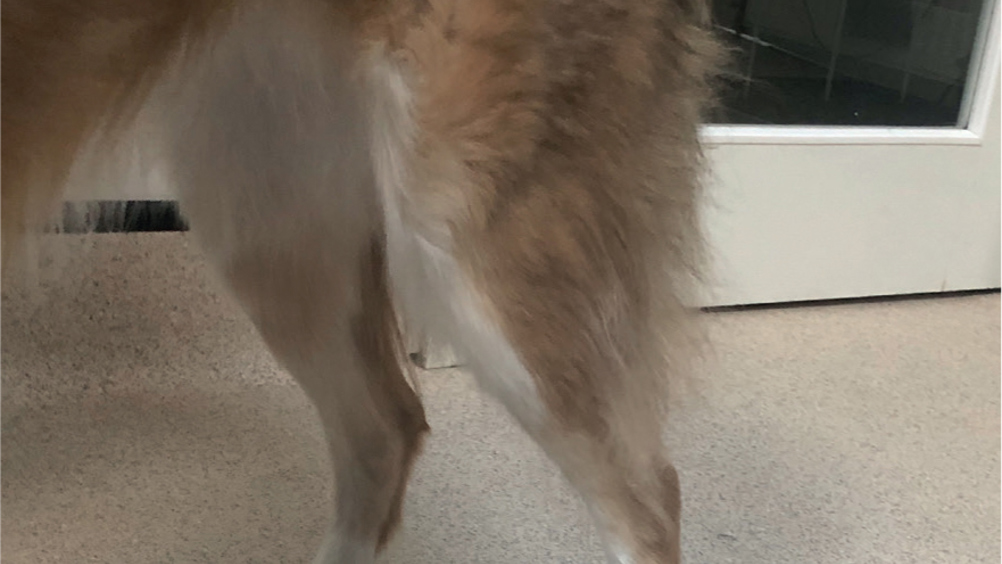References
Rehabilitating the canine cruciate patient: part two

Abstract
Surgery to correct cranial cruciate ligament rupture is commonly performed in both first opinion and referral practice. Following on from part one of this article which discusses the background aetiology, diagnosis and conservative management of cruciate disease, this article looks at the three most commonly performed surgical procedures as treatment options, and rehabilitation of the canine patient post surgery.
Surgical intervention is routinely recommended as the preferred treatment option for many patients following on from diagnosis of cruciate disease. Surgery allows for stabilisation of the stifle joint, with the hope of addressing pain, allowing return to function, and decreasing the progression of secondary degenerative joint disease (Shaw, 2017).
A vast number of surgical techniques have been pioneered to manage canine cruciate disease since the 1950s, including intracapsular, extracapsular and orthotomy procedures (von Pfeil et al, 2018). New techniques, or modifications of existing techniques (such as the modified Maquet procedure (MMP)) are continually being developed in this widely evolving field.
Three of the current most commonly performed surgical techniques - tibial plateau levelling osteotomy (TPLO), tibial tuberosity advancement (TTA) and lateral suture - will be described briefly, followed by techniques used to facilitate rehabilitation. During all three described procedures, the meniscus can be visualised, allowing for removal of any torn or damaged tissue, leaving in place any healthy tissue. Despite the fact that routinely removing or ‘releasing’ the medial meniscus prevents postoperative meniscal injury, current thinking is that this increases the progression of degenerative joint disease, and so is best left in place unless damaged (Davis, 2009).
Register now to continue reading
Thank you for visiting The Veterinary Nurse and reading some of our peer-reviewed content for veterinary professionals. To continue reading this article, please register today.

